 |
|
|
plants text index | photo
index
|
| coastal plants |
| Asam
tree or Tamarind
tree Tamarindus indica Family Fabaceae updated Nov 10 Where seen? This tree with pretty orchid-like flowers and famous fruits is sometimes seen wild on our shores. It is also planted as a roadside tree. The tree is a native of East Africa and West Asia but is now widespread throughout the tropics. It does best in sandy soil near the sea. It drops its leaves after dry weather, after which new leaves and flowers appear. To thrive, the tree needs a monsoon climate and is thus not a conspicuous or 'successful' tree in Malaya, according to Corners. According to Burkill, the Arabs called the tree the Indian date (tamar) from which the name Tamarind came about. Features: A tall tree (20-25m). The compound leaves (6-12cm long) are made up of little leaflets. The leaflet tips are minutely notched and the leaflets fold together at dusk. The beautiful small flowers are rose red in the bud and when blooming is pale yellowish with pink veins. The sausage-shaped pods (4-20cm long) are scurfy brown, according to Corners, and pithy green inside when unripe. When ripe it contains a soft acidic pulp and many hard-coated seeds. Human uses: The Asam tree has plenty of uses. Burkill shares how the pulp is processed and used: the ripe pods are cracked, and pulp and seeds squeezed out. A little salt or sugar might be added and the pulp is ready to use for cooking in condiments such as chutney and deserts, sweets and chilled drinks. It is an important ingredient in the local favourite: asam fish! Boiled with an equal weight of sugar, the pulp becomes a jam. A syrup can also be made. The pulp also has medicinal uses. It is a gentle laxative, sometimes the roots are used instead. Burkill says the salted pulp may also be made up into balls and steamed then dried in the sun and then 'exposed at night to the dew for a week'. They are then packed into earthenware jars which are 'well closed'. A liquid, running thickly like oil, drains from them in storage, especially if the jars are allowed to stand in the sun. The liquid is used for medicinal uses such as treating mouth ailments. The starchy seeds may be eaten after the outer skin is removed by roasting or soaking. The seeds are boiled or fried, and sometimes made into flour. The flowers and leaves may be eaten as a vegetable. The bark is used in treating sores, ulcers, boils and caterpillar rash. Leaves may be used to treat fever and young leaves to treat rheumatism and sores and wounds. The tree is even used to treat elephants! The bark and fruit for elephant tummy aches, and to make an elephant 'sagacious'. Heritage Tree: There is one Asam tree with Heritage Tree status. It is at Surin Ave Park with a girth of 3.5m and height 22m. |
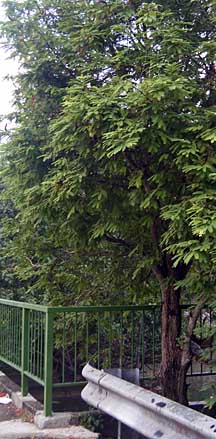 Changi, Apr 09 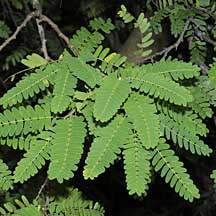 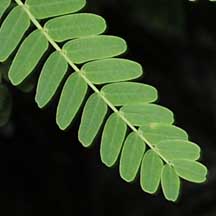 |
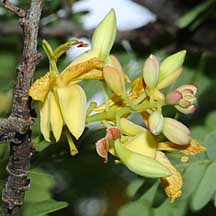 |
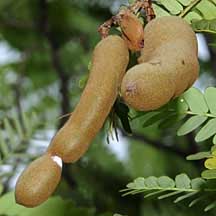 |
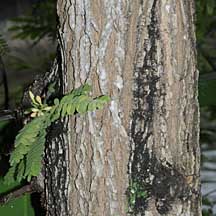 |
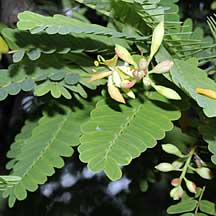 |
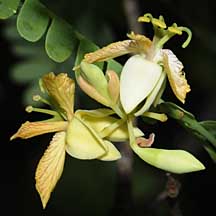 |
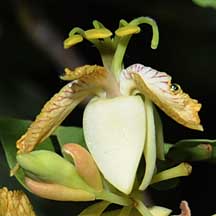 |
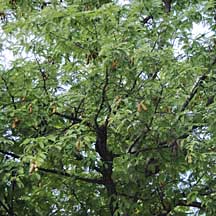 Pulau Ubin, Dec 09 |
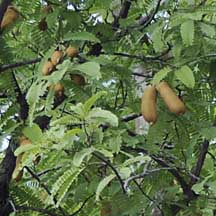 |
|
|
Links
References
|
|
|